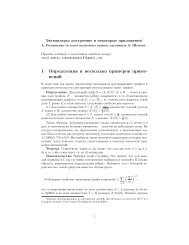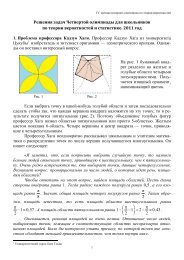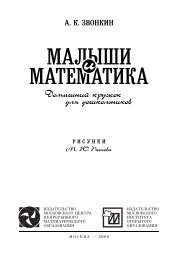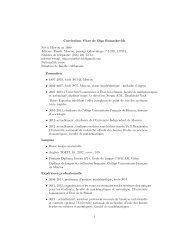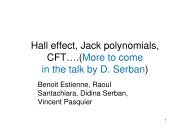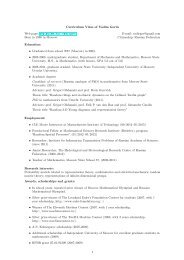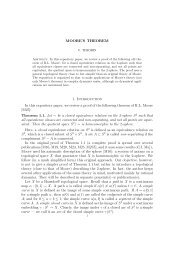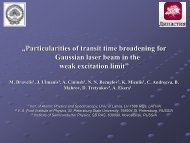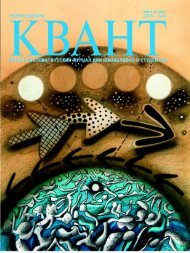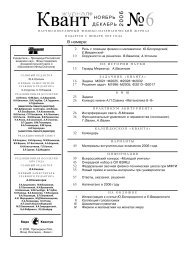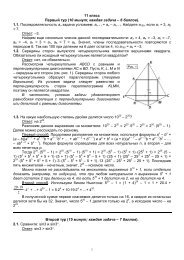a new model of correlated disorder in relaxor ferroelectrics
a new model of correlated disorder in relaxor ferroelectrics
a new model of correlated disorder in relaxor ferroelectrics
Create successful ePaper yourself
Turn your PDF publications into a flip-book with our unique Google optimized e-Paper software.
Conclusions I<br />
<br />
<br />
<br />
<br />
The characteristic diffuse scatter<strong>in</strong>g <strong>in</strong> Pbconta<strong>in</strong><strong>in</strong>g<br />
<strong>relaxor</strong>s is <strong>in</strong>compatible with<br />
any proposed static PNR <strong>model</strong>s (ξ α<br />
~ 10<br />
nm)<br />
We suggest a phenomenological pseudo-<br />
TDS <strong>model</strong> with a m<strong>in</strong>imal number <strong>of</strong><br />
adjustable parameters (2 to 3) and<br />
keep<strong>in</strong>g average cubic symmetry<br />
Proposed <strong>model</strong> even <strong>in</strong> the current very<br />
simple form fits much better available<br />
experimental data<br />
Correspond<strong>in</strong>g real space realization is a<br />
superposition <strong>of</strong> displacements - at<br />
variance with a distribution <strong>of</strong> polar<br />
doma<strong>in</strong>s.




